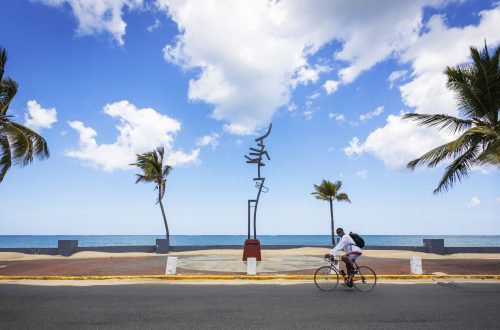Tokyo During the Meiji Era
Posted By Samuel Phineas Upham
The Tokugawa regime officially ended in 1868, with the defeat of the Tokugawa forces at Toba-Fushimi. The prefecture of Edo would forever change, in name and in status. Edo, which meant “estuary” was renamed to Tokyo, which means the eastern capital. At the time, the emperor who would sit on the throne in Tokyo was just 16 years old.
Education
One of the biggest improvements made during the Meiji era was the consolidation of government schools under the Tokyo Imperial University system. This created a strong emphasis on Western disciplines like science and technology. Heavy emphasis was placed on Japanese nationalism, which became a large part of the Tokyo University system, and ultimately Japanese politics for years to come.
Urban Planning
By 1905, Tokyo had blossomed to over 2 million people. There was extensive planning involved with rebuilding Tokyo after the Tokugawa, and officials wanted the city to have a certain look too. They began with elements of modernity, but kept many of the pre-existing structures from the imperial period.
Museums and Parks
The cultural officials behind Meiji’s development modeled their improvements on Berlin, London and Paris. Tokyo was meant to embody the greatest cultural treasures from around the world. Urban parks were also planned as a kind of oasis of beauty and relaxation. The leadership created two parks: one for public celebration and the other was turned into a recreational space. These early models helped shape the city’s cultural centers well after the Meiji period ended.
About the Author: Samuel Phineas Upham is an investor at a family office/ hedgefund, where he focuses on special situation illiquid investing. Before this position, Phin Upham was working at Morgan Stanley in the Media & Technology group. You may contact Phin on his Samuel Phineas Upham website or Facebook.


